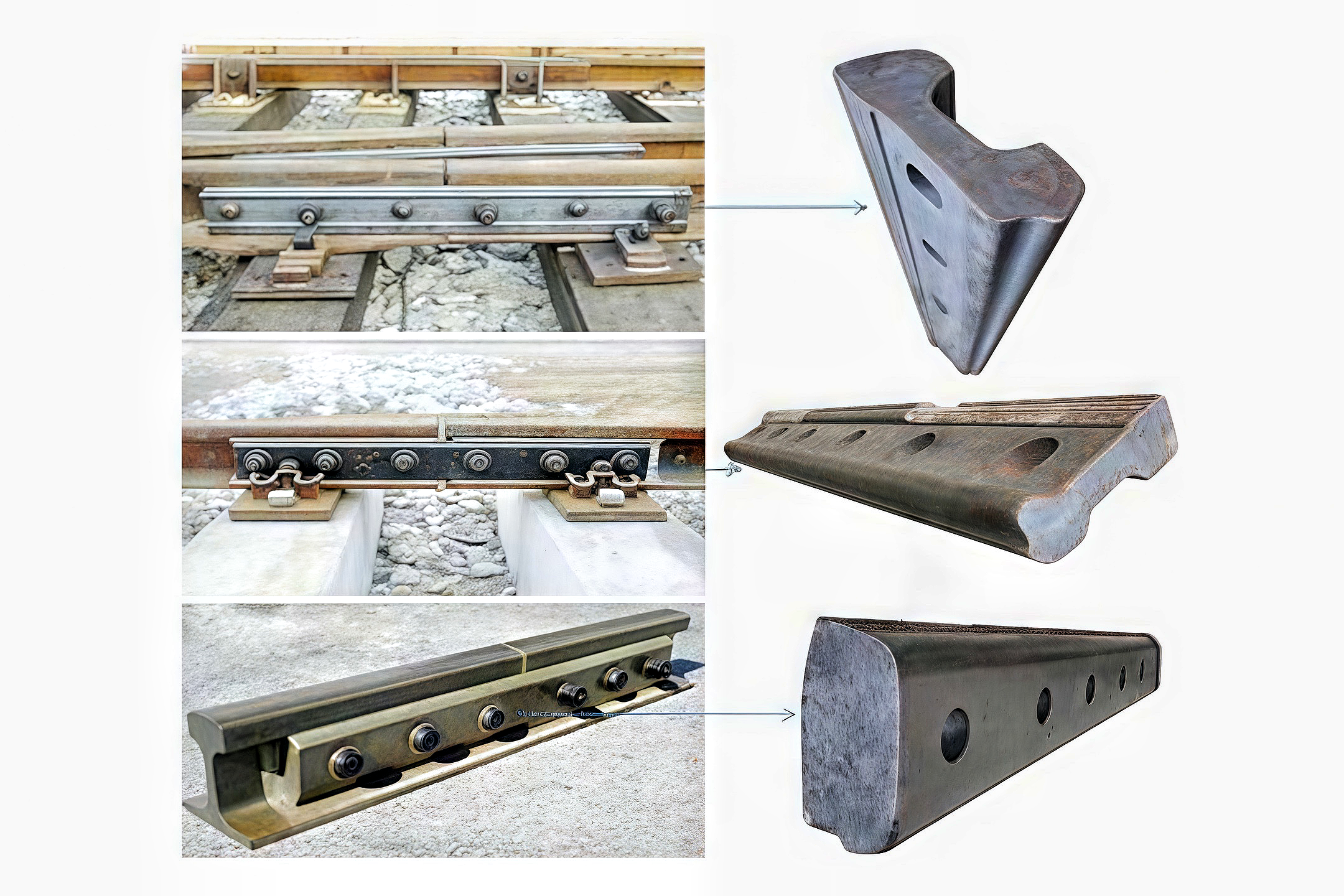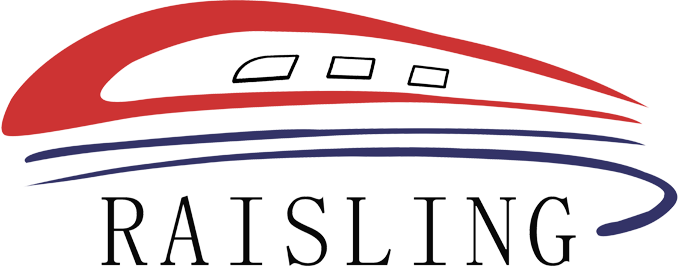How Rail Fish Plates Enhance Safety in Transportation Systems
Jul 27,2025
How Rail Fish Plates Enhance Safety in Transportation Systems Table of Contents 1. Introduction to Rail Fish Plates 2. The Role of Rail Fish Plates in Transportation Systems 3. Design and Construction of Rail Fish Plates 3.1 Materials Used in Rail Fish Plates 3.2 Design Specifications and Standards 4. Safety Benefits of Rail Fish Plates 4.1 Preventing Track Alignment Issues 4.2 Enhancing Structura

How Rail Fish Plates Enhance Safety in Transportation Systems
Table of Contents
1. Introduction to Rail Fish Plates
2. The Role of Rail Fish Plates in Transportation Systems
3. Design and Construction of Rail Fish Plates
3.1 Materials Used in Rail Fish Plates
3.2 Design Specifications and Standards
4. Safety Benefits of Rail Fish Plates
4.1 Preventing Track Alignment Issues
4.2 Enhancing Structural Integrity
4.3 Reducing Wear and Tear
5. Maintenance and Inspection of Rail Fish Plates
6. Case Studies: Rail Fish Plates in Action
7. Future Trends in Rail Fish Plate Technology
8. Frequently Asked Questions (FAQs)
9. Conclusion
1. Introduction to Rail Fish Plates
Rail fish plates, also known as rail joint plates, are essential components of railway infrastructure. They are used to connect two pieces of rail track, ensuring a smooth transition for trains as they travel along the tracks. These plates play a pivotal role in maintaining the safety and stability of rail systems, making them a critical subject of study for transportation safety experts.
2. The Role of Rail Fish Plates in Transportation Systems
Rail fish plates serve multiple functions within the railway system. Primarily, they provide structural support and facilitate the alignment of rail tracks. By connecting adjacent rail sections, fish plates help distribute the weight of trains evenly, reducing the risk of track deformation and enhancing overall safety.
Moreover, rail fish plates also act as a buffer against vibrations caused by moving trains. This buffering effect helps prevent misalignments and ensures that trains can run smoothly without excessive lateral movement.
3. Design and Construction of Rail Fish Plates
The effectiveness of rail fish plates is largely determined by their design and materials.
3.1 Materials Used in Rail Fish Plates
Typically, rail fish plates are constructed from high-strength steel or other durable alloys. The choice of material is crucial, as it must withstand the immense pressures and forces exerted by passing trains. The use of corrosion-resistant coatings is also common to enhance longevity and reduce maintenance needs.
3.2 Design Specifications and Standards
Rail fish plates must adhere to strict design specifications and industry standards to ensure they perform optimally. These specifications encompass dimensions, load-bearing capacities, and installation practices. Regulatory bodies, such as the American Railway Engineering and Maintenance-of-Way Association (AREMA), provide guidelines that govern these specifications.
4. Safety Benefits of Rail Fish Plates
The safety benefits of rail fish plates are manifold, contributing to the overall reliability of transportation systems.
4.1 Preventing Track Alignment Issues
One of the primary safety benefits of rail fish plates is their ability to maintain track alignment. Misaligned tracks can lead to derailments, posing significant risks to both passengers and cargo. Fish plates help mitigate this risk by ensuring that each rail section remains properly aligned, thereby enhancing the stability of the entire track structure.
4.2 Enhancing Structural Integrity
Rail fish plates also play a vital role in maintaining the structural integrity of rail lines. By securely fastening two rail sections together, they reduce the likelihood of track deformation due to shifting or settling. This structural reinforcement is crucial for safe train operations, especially on high-speed routes.
4.3 Reducing Wear and Tear
The constant movement of trains generates significant wear on rail components. Fish plates help to distribute this wear evenly across the track, reducing the likelihood of localized damage. This proactive approach to maintenance can extend the lifespan of both the rails and the fish plates themselves, ultimately enhancing safety.
5. Maintenance and Inspection of Rail Fish Plates
Regular maintenance and inspection are essential for ensuring the effectiveness of rail fish plates. Transportation authorities often implement routine checks to assess the condition of these components. Inspections typically involve visual assessments, measurements of wear, and the application of maintenance protocols as needed.
Keeping fish plates in optimal condition not only ensures the safety of the rail network but also minimizes long-term repair costs.
6. Case Studies: Rail Fish Plates in Action
Several case studies highlight the importance of rail fish plates in maintaining safety standards within transportation systems. For instance, the implementation of advanced fish plate designs in high-speed rail systems has significantly reduced derailment incidents, showcasing how innovative engineering can enhance safety.
Another case study from urban rail systems illustrates how regular maintenance of fish plates directly correlates with fewer service interruptions and improved passenger safety.
7. Future Trends in Rail Fish Plate Technology
As technology continues to evolve, so too does the design and function of rail fish plates. Future trends may include the use of smart materials equipped with sensors to provide real-time data on the condition of the plates. Such innovations could lead to more proactive maintenance strategies, further enhancing the safety of transportation systems.
Additionally, advancements in computer-aided design (CAD) may facilitate the development of novel fish plate designs optimized for specific environmental conditions and stress loads.
8. Frequently Asked Questions (FAQs)
What are rail fish plates?
Rail fish plates are metal components used to connect two sections of rail track, ensuring alignment and stability.
Why are rail fish plates important for safety?
They help maintain track alignment, enhance structural integrity, and reduce wear and tear on rail systems, all of which contribute to safe train operations.
How often should rail fish plates be inspected?
Regular inspections should be conducted as part of routine track maintenance, typically every few months or after significant weather events.
What materials are rail fish plates made from?
Rail fish plates are usually constructed from high-strength steel or durable alloys, often with corrosion-resistant coatings.
Can rail fish plates affect train speed?
While rail fish plates themselves do not directly impact train speed, their condition can influence overall track stability, which is critical for safe high-speed travel.
9. Conclusion
Rail fish plates are an indispensable component of modern transportation systems, playing a crucial role in maintaining the safety and reliability of rail networks. Their ability to ensure proper alignment, enhance structural integrity, and reduce wear and tear makes them vital for safe train operations. As technology advances, we can expect to see even more innovations in fish plate design and functionality, further reinforcing the safety of transportation systems. Regular maintenance and inspection practices will remain essential in maximizing their effectiveness, ensuring that rail travel continues to be one of the safest modes of transportation available.
Previous:
Recommended
Asia Pacific Rail 2025 Concludes in Bangkok, Showcasing Rail Industry's Future
Bangkok, May 29 - The Asia Pacific Rail 2025, a leading event in the railway and rail transit industry, successfully concluded on May 29 in Bangkok, Thailand.
Contact Us


